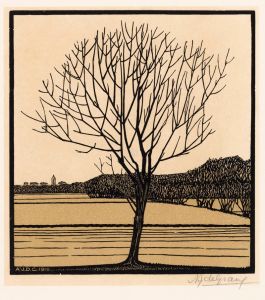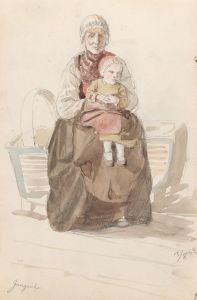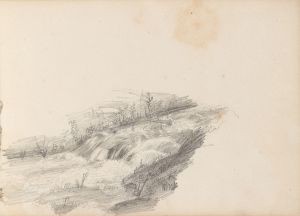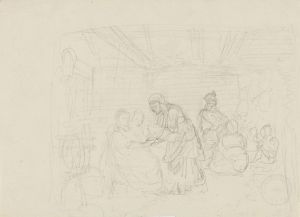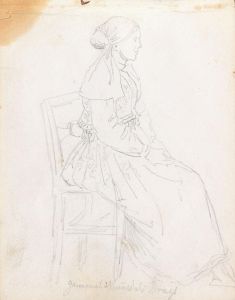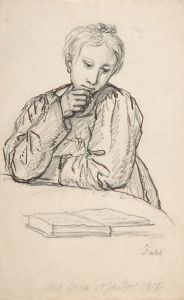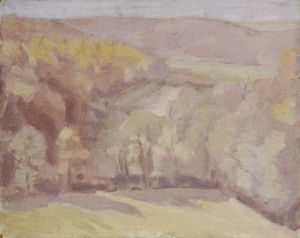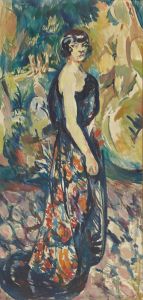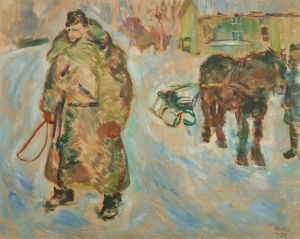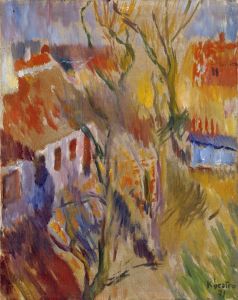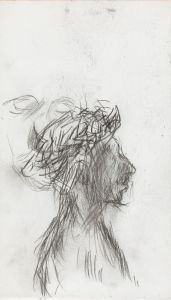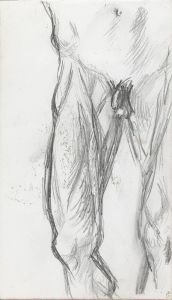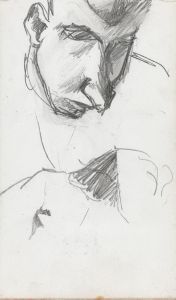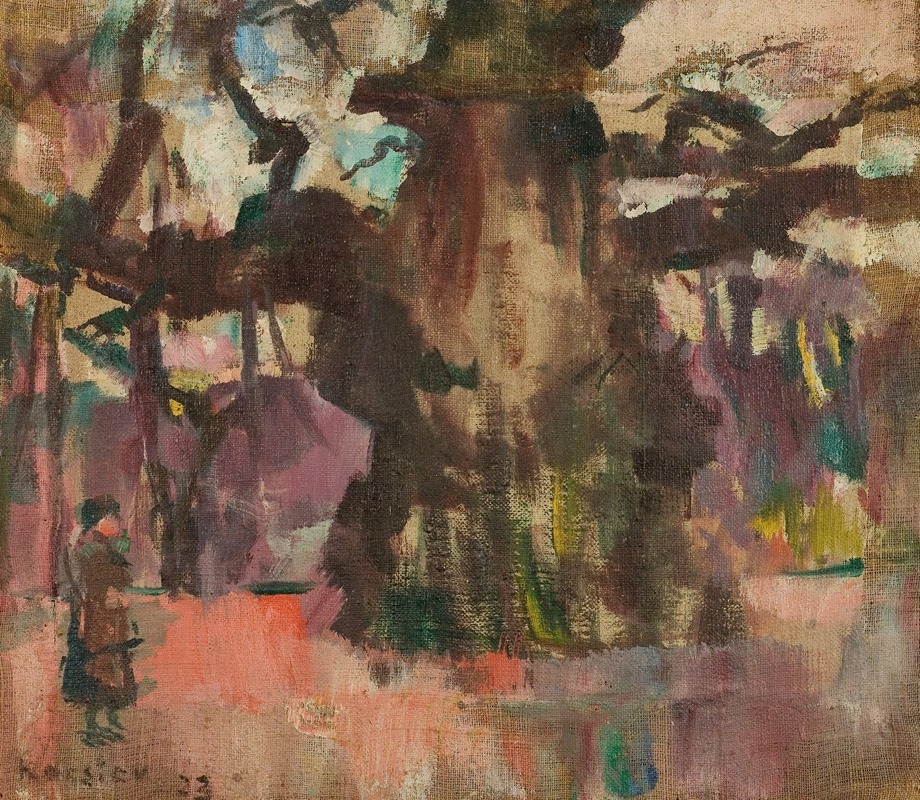
Den store eken
A hand-painted replica of Ludvig Karsten’s masterpiece Den store eken, meticulously crafted by professional artists to capture the true essence of the original. Each piece is created with museum-quality canvas and rare mineral pigments, carefully painted by experienced artists with delicate brushstrokes and rich, layered colors to perfectly recreate the texture of the original artwork. Unlike machine-printed reproductions, this hand-painted version brings the painting to life, infused with the artist’s emotions and skill in every stroke. Whether for personal collection or home decoration, it instantly elevates the artistic atmosphere of any space.
Ludvig Karsten was a prominent Norwegian painter known for his expressive use of color and dynamic compositions. Born in 1876 in Oslo, Norway, Karsten became a significant figure in the early 20th-century Scandinavian art scene. He was associated with the Neo-Romantic movement and was influenced by both Impressionism and Post-Impressionism. His works often depicted landscapes, interiors, and still lifes, characterized by bold brushwork and vibrant color palettes.
"Den store eken" (The Great Oak) is one of Karsten's notable works, although specific details about this painting are limited. The title suggests that the painting features an oak tree, a subject that aligns with Karsten's interest in capturing the essence of nature and the Norwegian landscape. Trees, particularly oaks, are often symbolic in art, representing strength, endurance, and timelessness, which may have been themes Karsten explored in this work.
Karsten's artistic style was marked by a departure from the more subdued tones of traditional Norwegian art at the time. Instead, he embraced a more vivid and emotive approach, which can be seen in his treatment of natural subjects. His technique often involved loose, expressive brushstrokes that conveyed movement and life, a style that may have been applied in "Den store eken" to bring the oak tree to life on canvas.
Throughout his career, Karsten was known for his ability to capture the interplay of light and shadow, a skill that would have been particularly effective in a painting of a large oak tree, where the dappled sunlight filtering through the leaves could create a dynamic and engaging composition. His use of color was not just for aesthetic purposes but also to evoke emotion and mood, potentially giving "Den store eken" a sense of atmosphere that resonates with viewers.
Karsten's work was part of a broader movement in Scandinavian art that sought to break away from academic traditions and explore more modernist approaches. He was contemporaneous with other notable artists of the time, such as Edvard Munch, and shared a similar interest in exploring the psychological and emotional depths of his subjects.
Despite his contributions to art, Karsten's life was marked by personal struggles, including financial difficulties and health issues. He passed away in 1926, but his legacy endures through his impactful body of work, which continues to be studied and appreciated for its innovative approach and emotional depth.
While specific exhibitions or collections featuring "Den store eken" are not well-documented, Karsten's works are held in various museums and galleries, particularly in Norway, where they continue to be celebrated for their contribution to the country's artistic heritage. His paintings remain a testament to his skill and vision, capturing the beauty and complexity of the natural world with a unique and compelling perspective.





